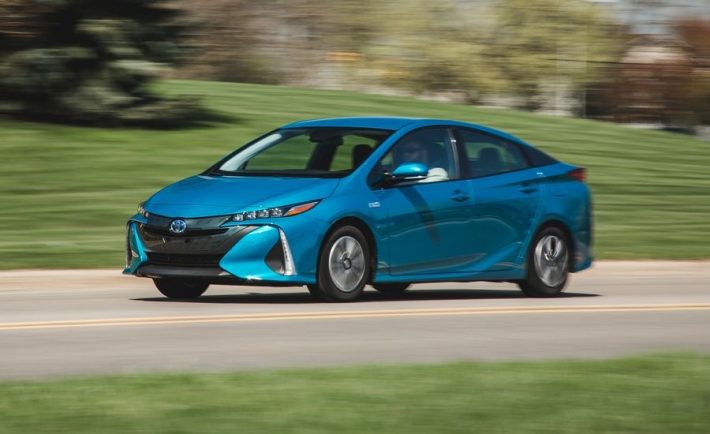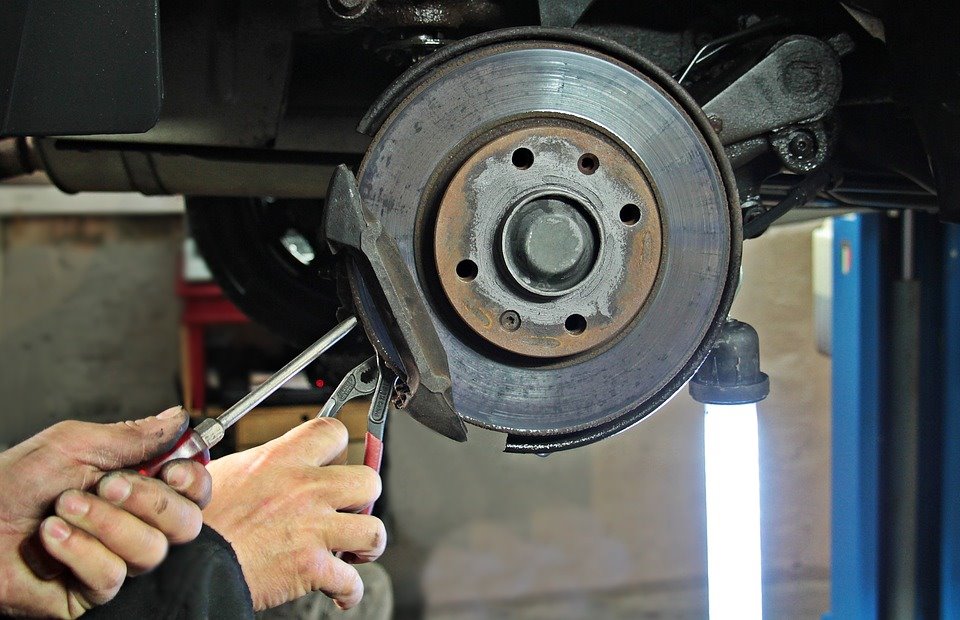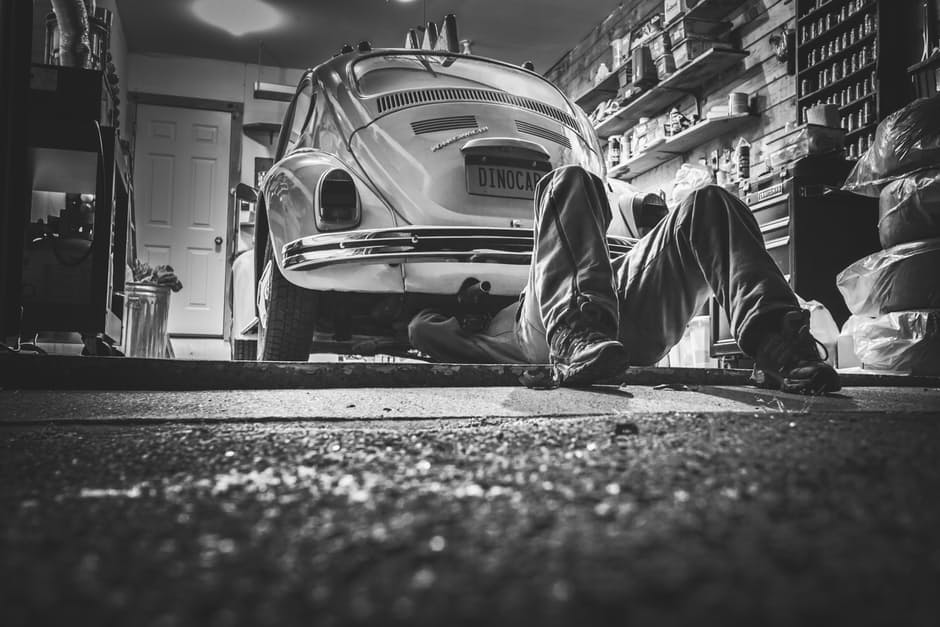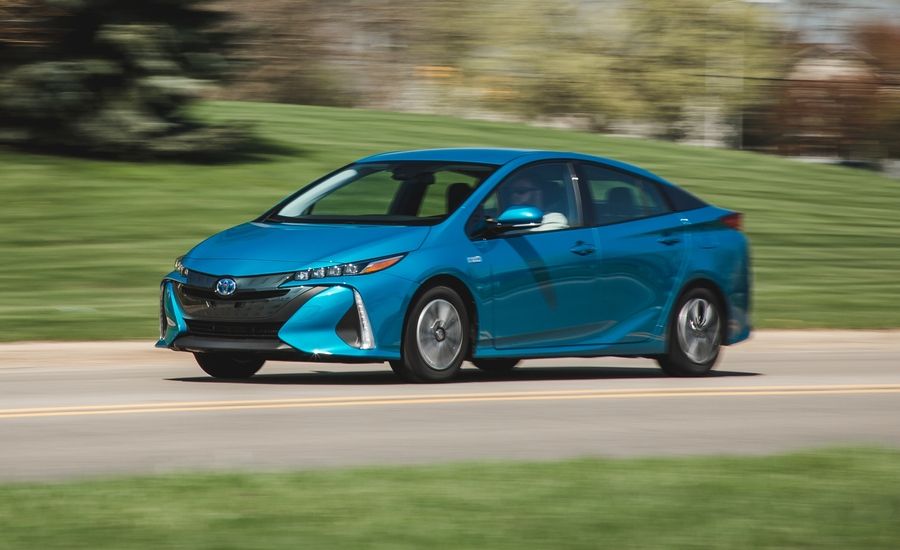
When you step into a vehicle, do you feel safe? Well, you should. Compared to fifty years ago, stopping distances have come down tremendously. And they continue to fall because of advances in the basic underlying science.
Stopping fundamentally depends on something called the coefficient of friction. It’s a physics term that defines the grippiness of two surfaces as they slide past each other. In the case of motorized transport, it’s the grip between the rubber of the tire and the road below. Ultimately, this is what determines how fast you can stop. Everything else is incidental.

You can see this principle in action in the world of motor racing. The softer the tire compound, the harder the car can take corners, and the quicker it can brake without skidding. In pursuit of ever-higher grip, these tires leave a trail of rubber on the road in their wake.
Taking advantage of the full grip of tires on tarmac, however, is a technical challenge. Getting vehicles that can harness the full power of friction is a technical challenge of monumental proportions. The actual amount of available resistance is far higher than most cars can use.
This technical side of braking is why truck accident legal specialists dedicate so much time to finding out whether a vehicle was in a good state of repair before the crash. Even small changes in mechanical factors can dramatically affect the outcome.

Take tire wear, for instance. When tires are new, braking distances are reasonable because the rubber’s ability to grip the road is unimpaired. However, after several thousand miles, the surface of the tire becomes mottled. And after a while, it starts to disintegrate – both at a visible and invisible microscopic level. This wear and tear slowly reduces the coefficient of friction, causing the vehicle to spend longer slowing down.

It is a similar story with brakes. Vehicles need a way to translate a small energy input from the driver into a massive stopping force. Modern disc brakes use a combination of rotors and calipers to apply stopping power to the wheel. The driver depresses the brake pedal, which then signals to the calipers to clamp onto the disc. Usually, there is a lot of friction between the disc and the pads, but if they’re worn, that can affect stopping distance dramatically.

In the event of a crash, therefore, investigators will study multiple sources of friction to check that the vehicle was indeed roadworthy. If the tires or brake pads weren’t fresh, that could have affected stopping distances dramatically.

So as you can see, the science of braking involves multiple factors. Interestingly, the ability of friction to slow a vehicle grows in exact one-to-one proportion with its weight. So it means, relative to its size, a truck has the same stopping capabilities as a regular car.

Braking distances continue to improve. And with modern vehicles now including air braking technology, it could get even better in the future. That’s an exciting prospect, now, isn’t it?




